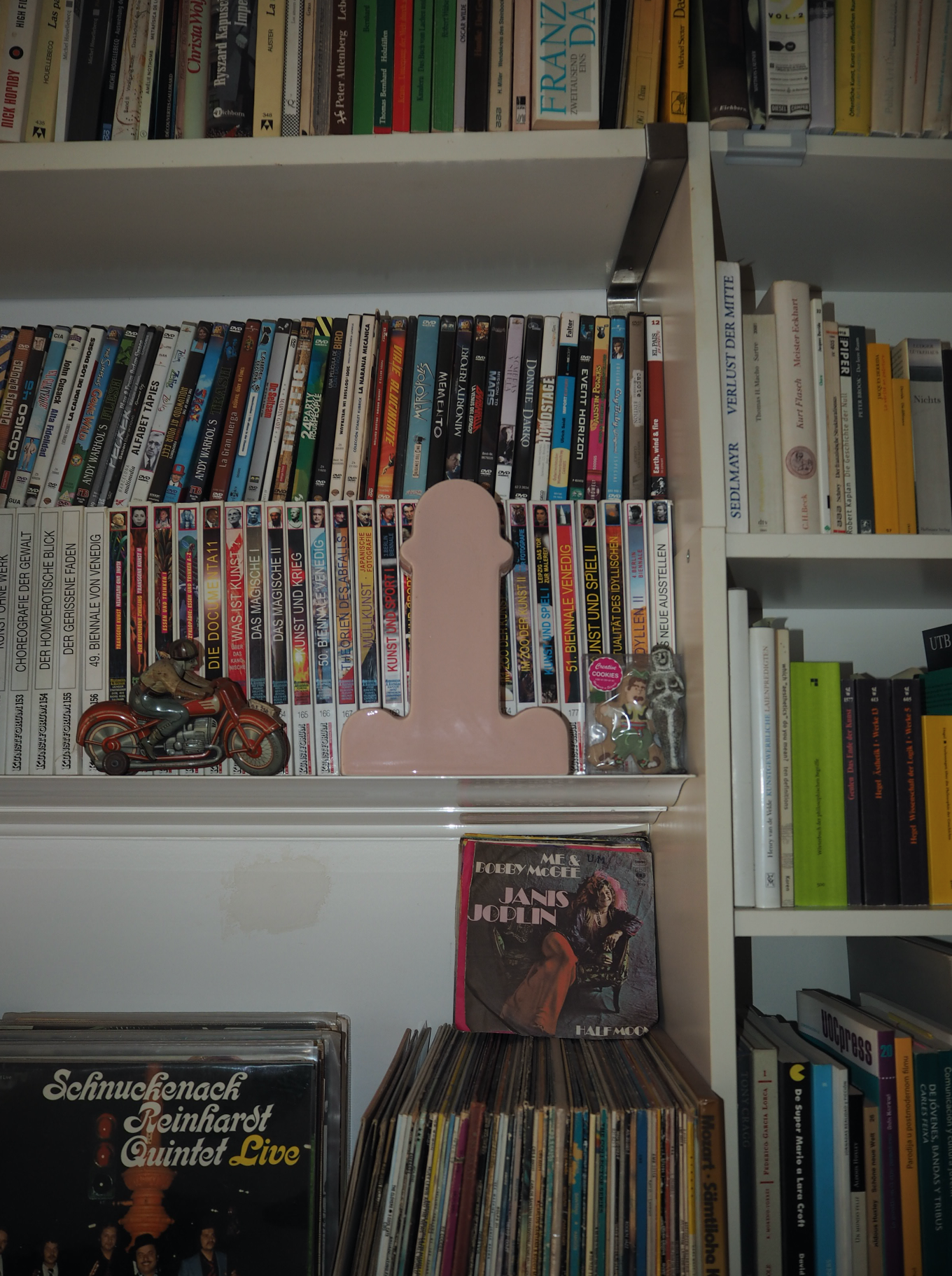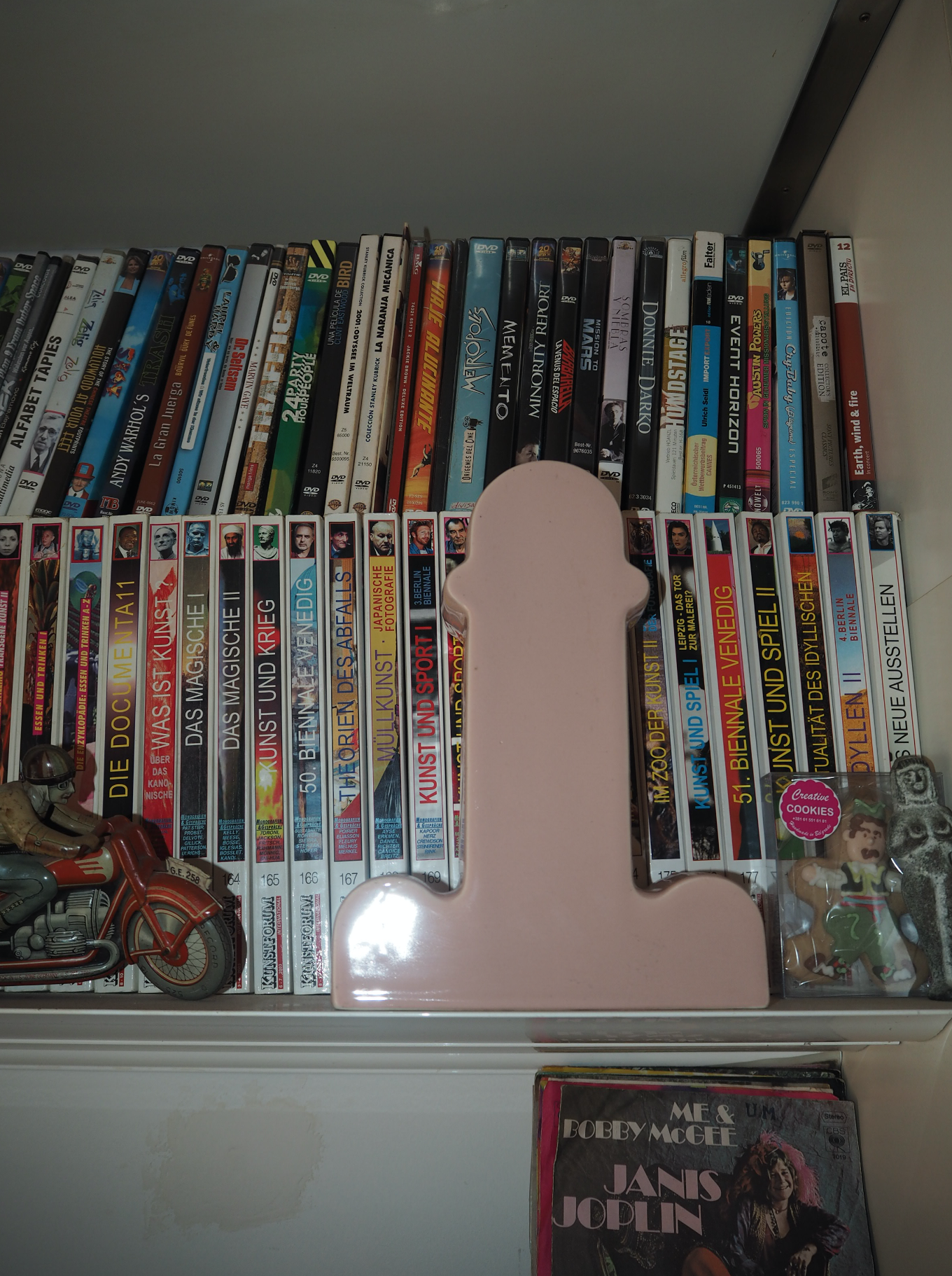
In 2004, Uli Marchstainer, Austrian designer based in Barcelona, was asked to collect objects from 14 different countries for the project “ Igual_Mente_Diferentes”, edited and compiled with Ettore Sottsass and Juli Capella. He received me in his house, up the hills of Barcelona to tell me more about the project.
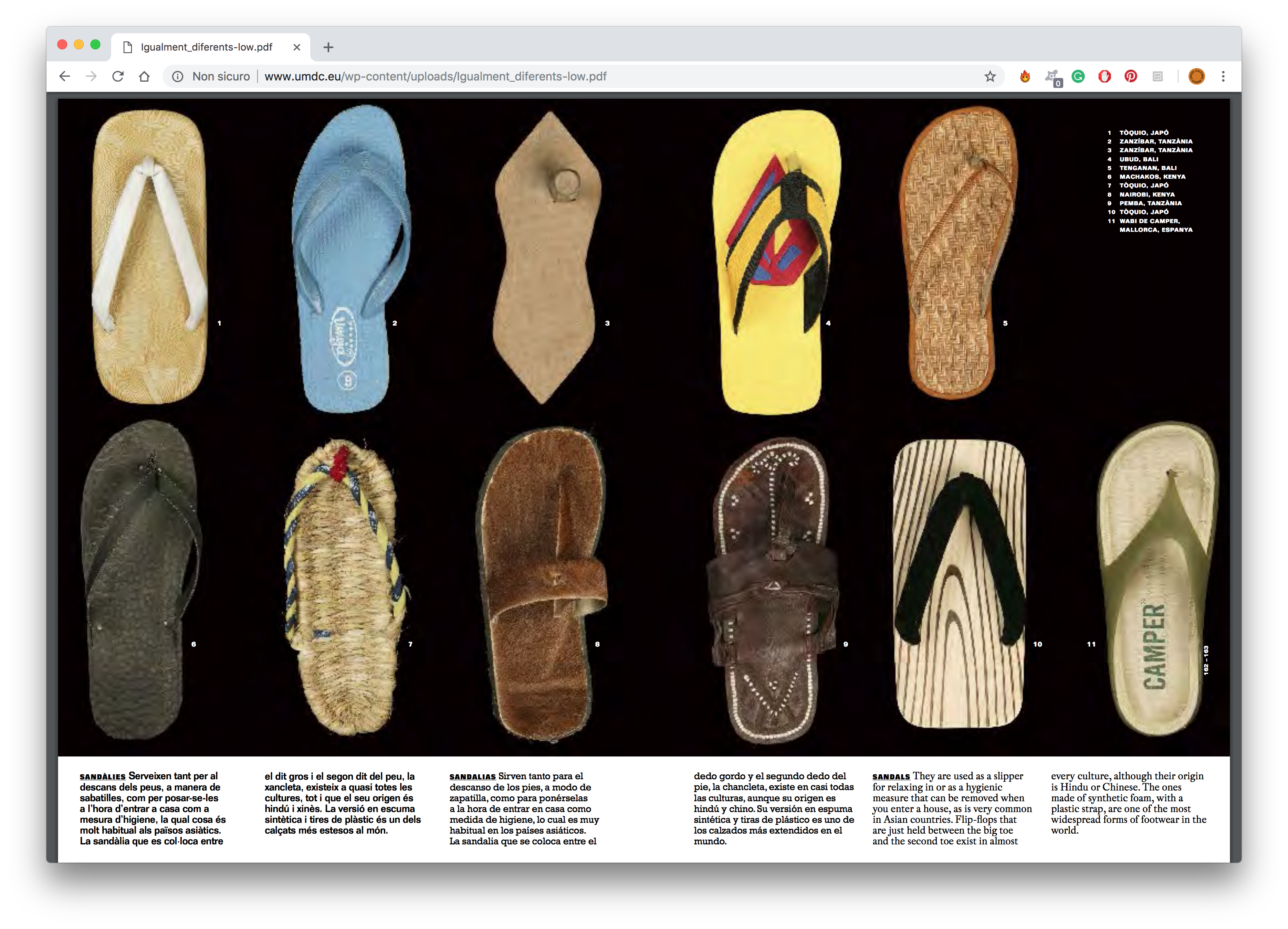
M: Hola Uli! Que tal?
U: Hola Matteo!
M: How was the project born?
U: Igual_ment_diferentes was born from a call from the FAD( El foment dels Arts i del Disseny) and an event in 2004, called “Forum de las Culturas”. It's an event that kind of got forgotten about over the years, and was born from an idea of Pasqual Margall, who wanted to move the city forward through a big event. After the Olympic Games in 1992, Margall wanted to organize the Olympics of Cultures and this big event took place in the Forum area, and it was spectacular. The FAD had space and it was asked to organize an exhibition about multiculture and design. Juli Capella wanted to showcase objects that have been created in different cultures, showing that they are used for the same purpose but the designs are different. It’s a topic that was introduced by Franz Boas, a German-American Anthropologist, who said that different cultures, with a different climate and different social levels, develop different ways and different techniques to solve the same problems and necessities.
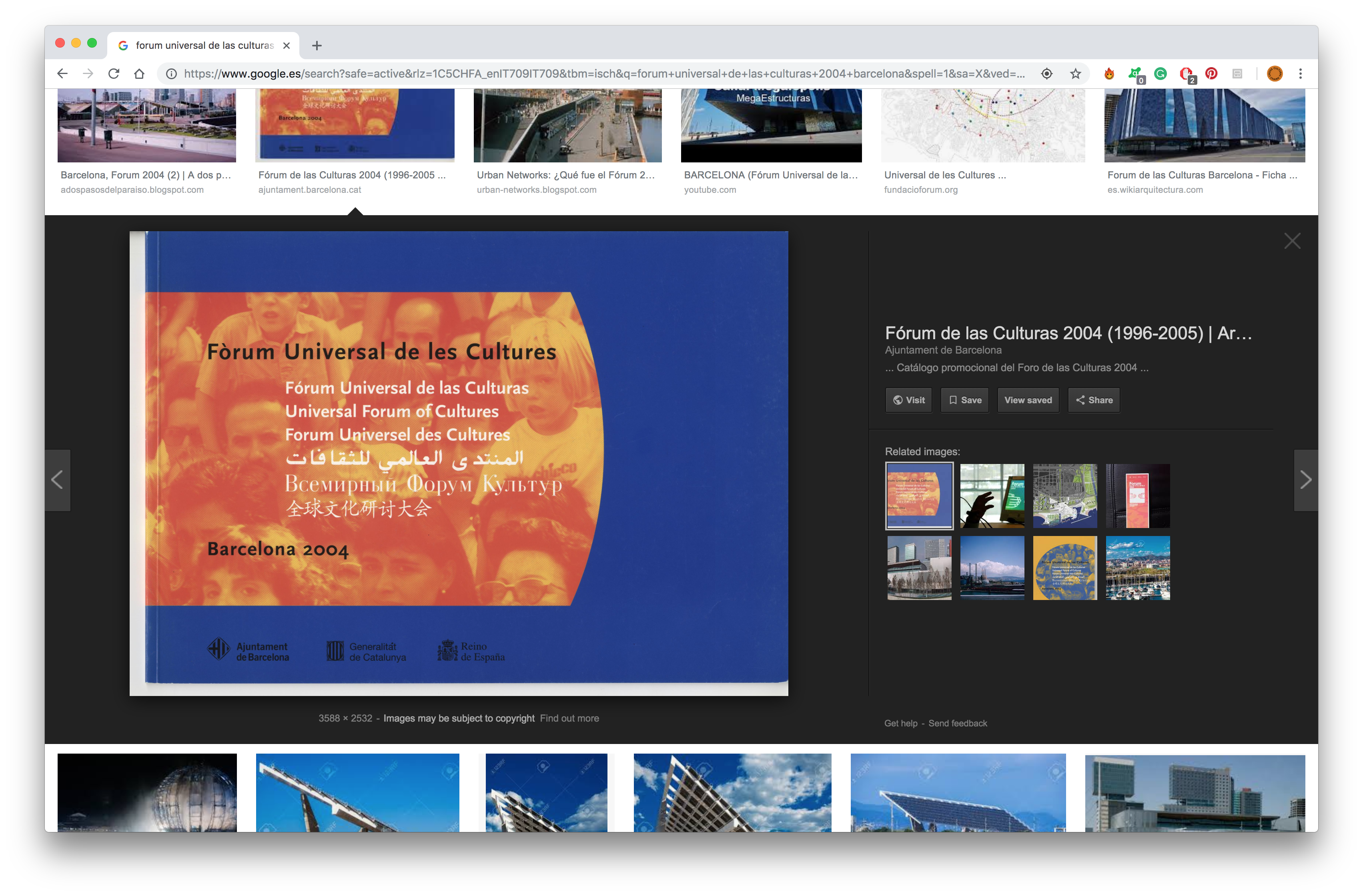
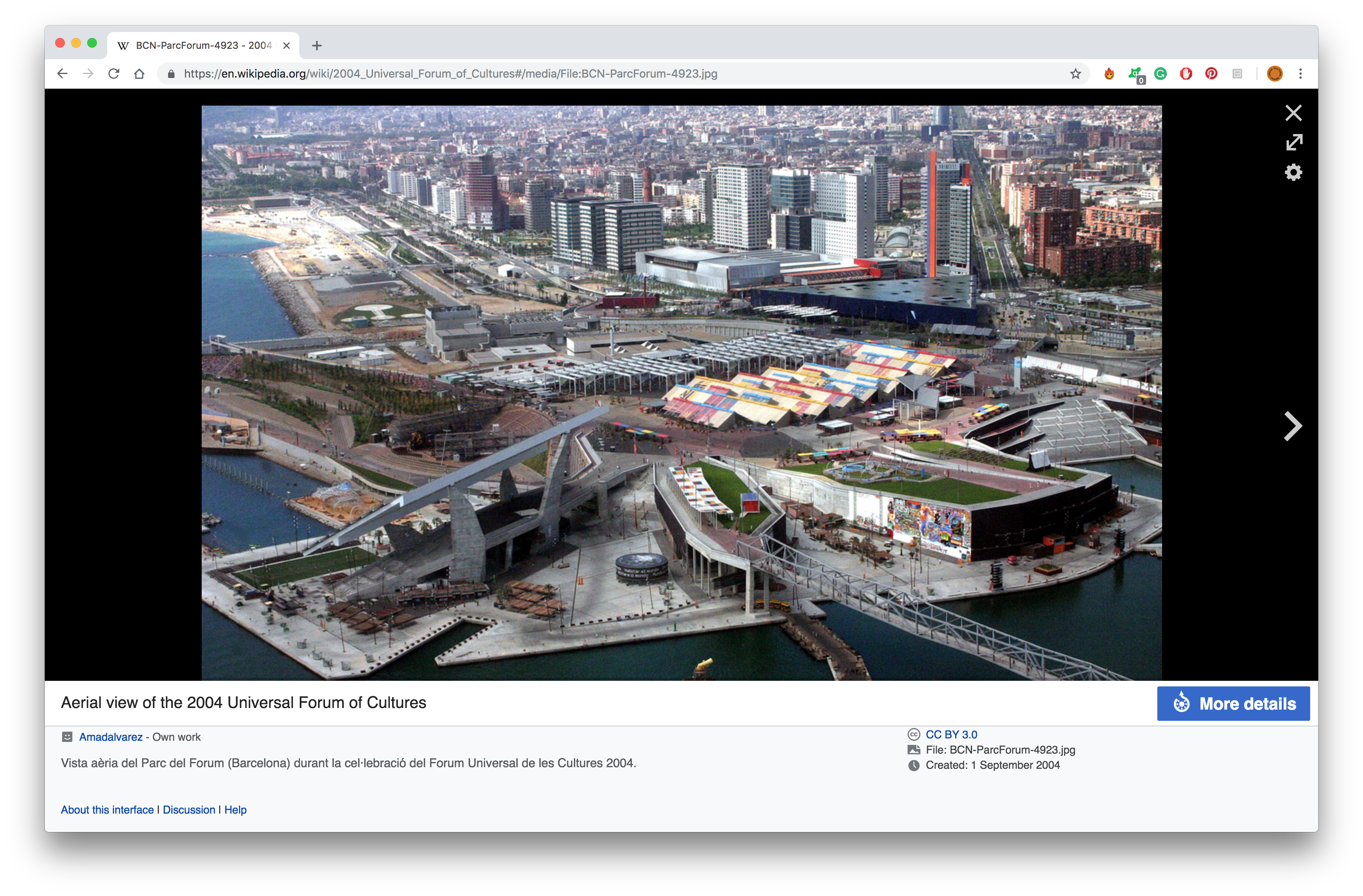
M: Where the naming of the exhibition come
from?
U: The title of the exhibition, Igual_Mente_ Diferentes (Equally Different) plays with a double meaning:
IGUAL (EQUAL) = the needs that we all have in common
MENTE (MIND) = the reflection on how to resolve and meet these needs
DIFERENTES (DIFFERENT) = the different materials, forms and techniques used in their design.
“We covered the ground
of 14
countries”
M: Were you alone during the research
phase?
U: No, I was curating the exhibition, taking decisions on what kind of objects we should include and document, and Leo Schatzla a photographer friend of mine was in charge of documenting the process, helping me during the expedition. We covered the ground of 14 countries, from November 2003 to March 2004, we went to Canada, USA, Mexico, Brazil, Morocco, Senegal, Tanzania, India, China, Japan, Indonesia, New Zealand and the Fiji Islands.
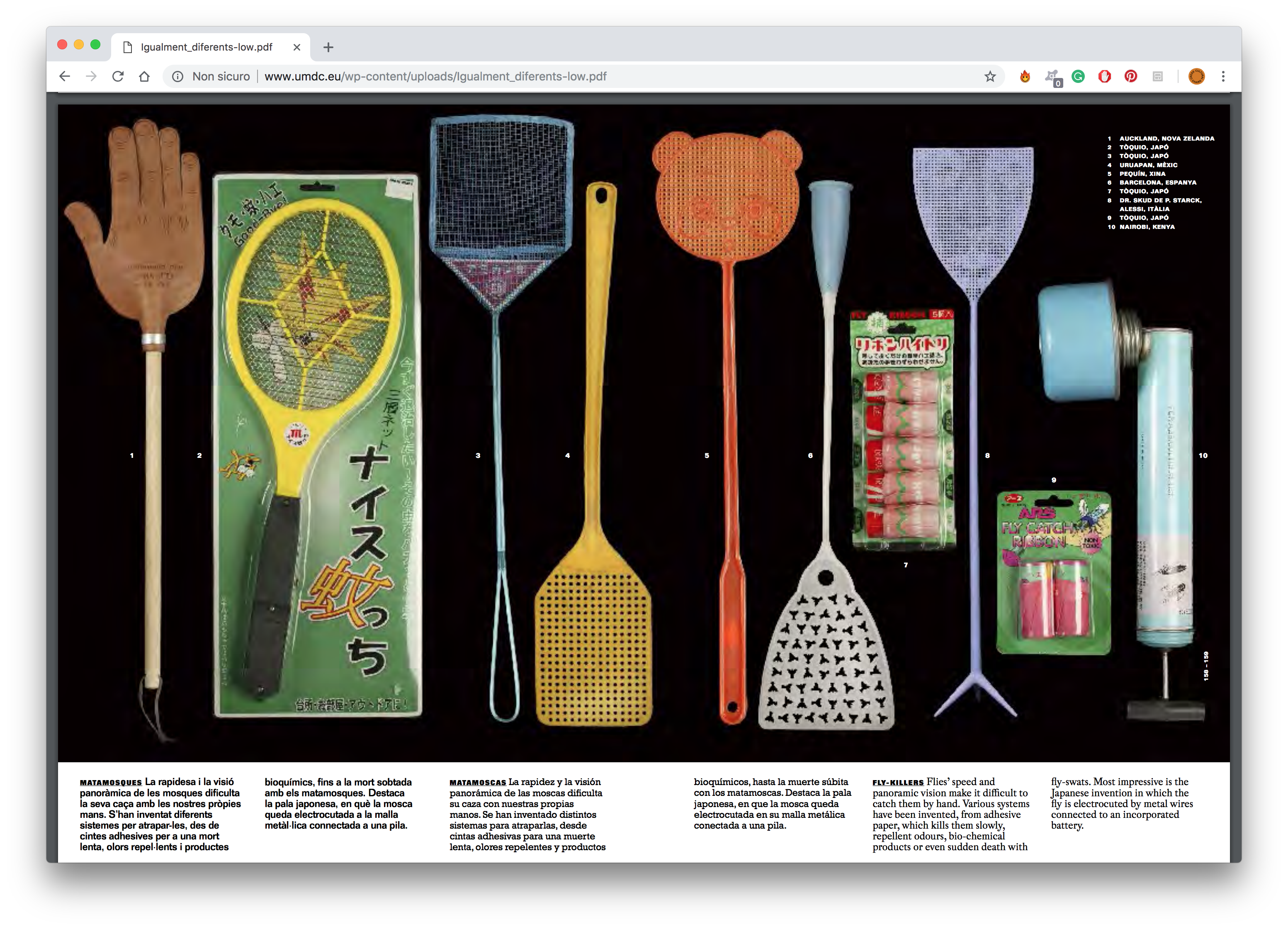
M: Did you have a guide during your research phase?
U: Yes, we had a "cicerone" in each country. It was extremely helpful to have a local person. We actually decided upon our route depending on the contacts that we found around the world. But we were not looking for designers like you are doing, we had many different kinds of people I think the closest person to a designer was a friend of mine in Tokyo. It wasn't easy sometimes to explain to them what we were looking for, we did not want any souvenirs or objects from the past but
we were looking for contemporary and everyday life objects, without paying too much attention whether the objects were coming from the same culture. I think that the incredible aspect of this project was that we had a structure of research based on the essentials of life, such as alimentation, hygiene, resting, reproduction, security, and so on, so basically what we all have in common, and this would open up an infinite possibility of research.
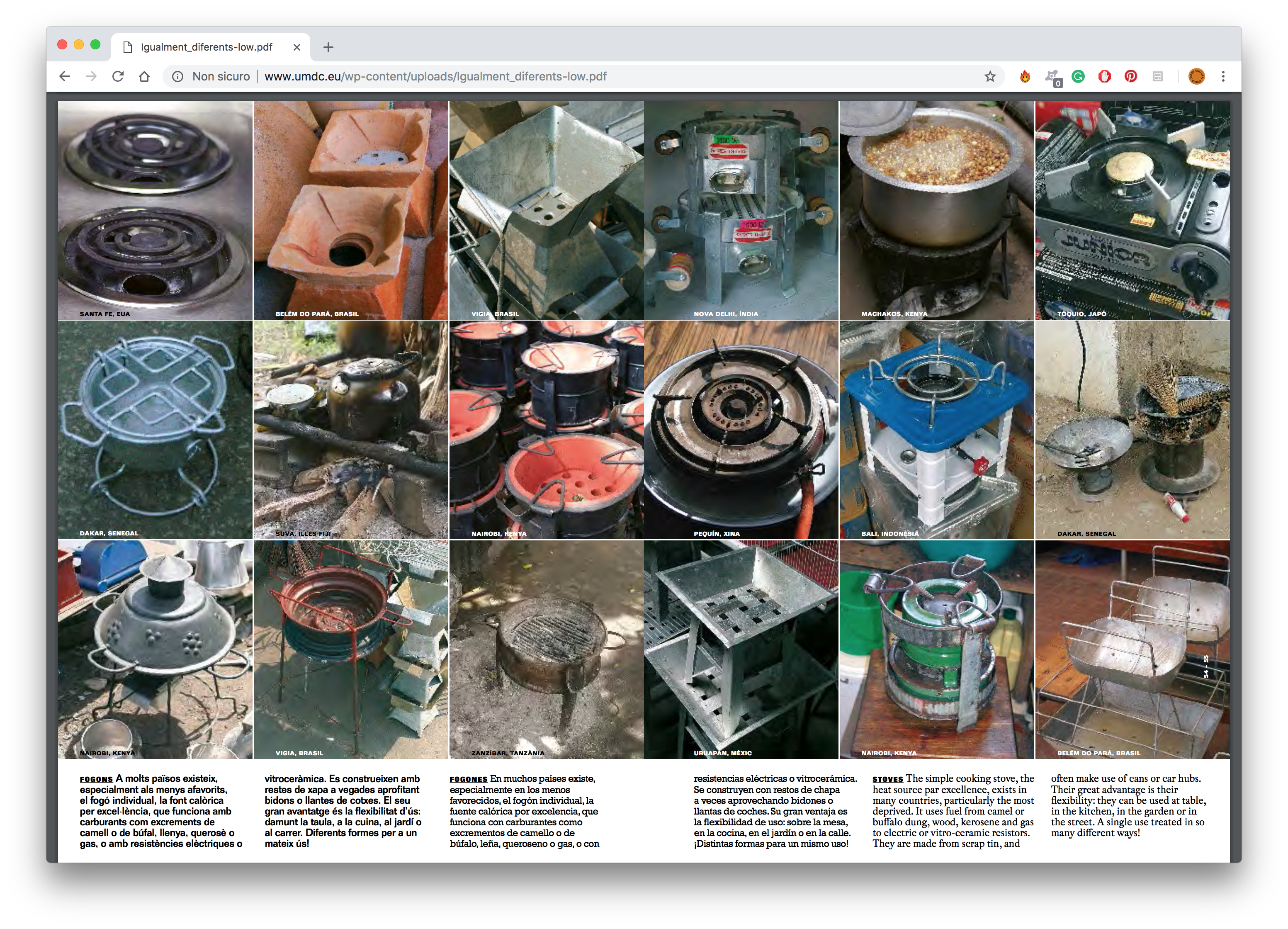
M: Did you complete any kind of research on the countries prior to visiting them?
U: No, it would have been impossible to do beforehand. It was a total of 14 countries in a timeline of 4 and a half months, and during the process of research new families of object was born very spontaneously, like for example the system of cooking that people use outdoors, usually powered by gas, gasoline, carbon, that maybe we could call barbecue, but for them is a normal way of cooking.
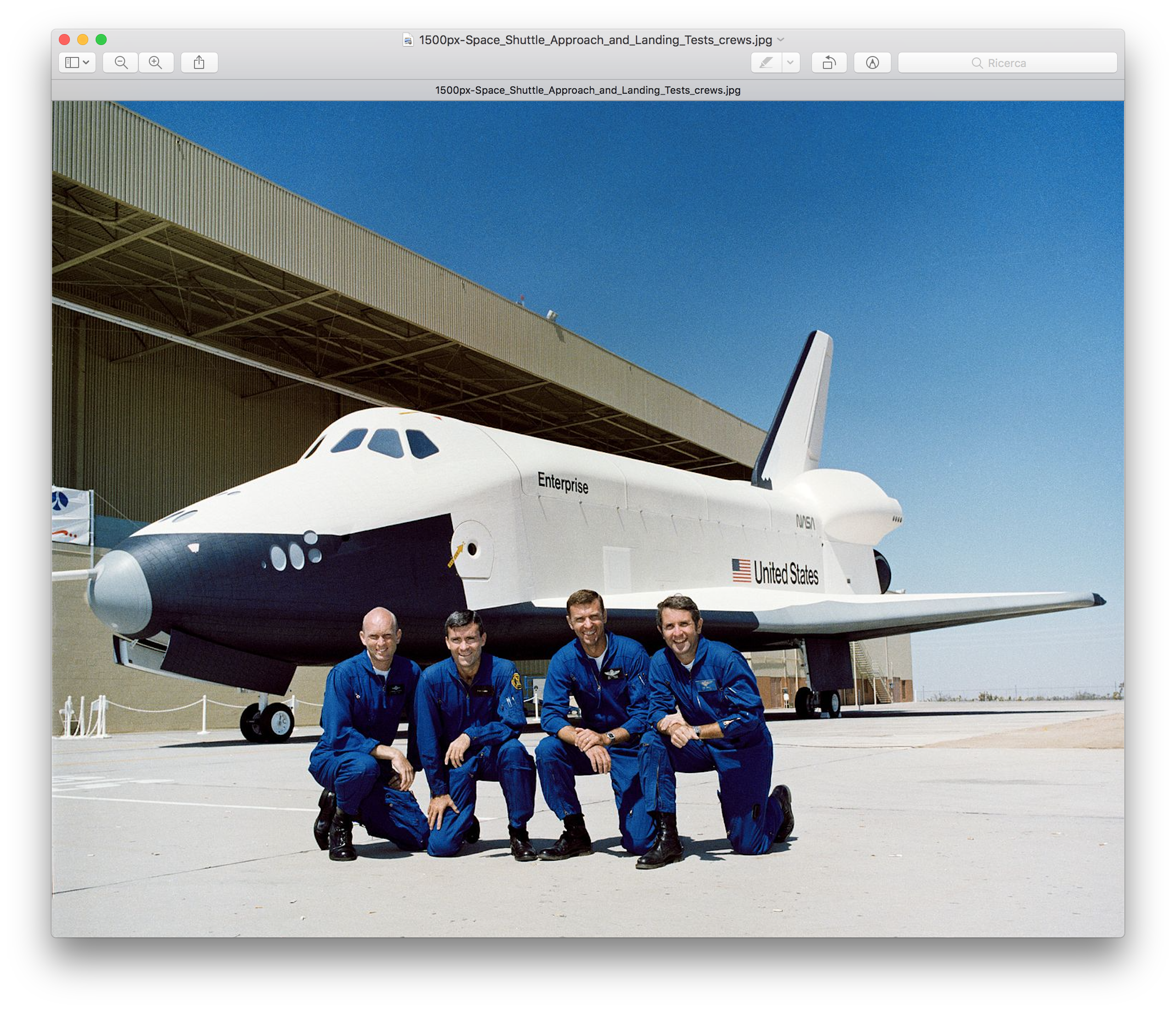
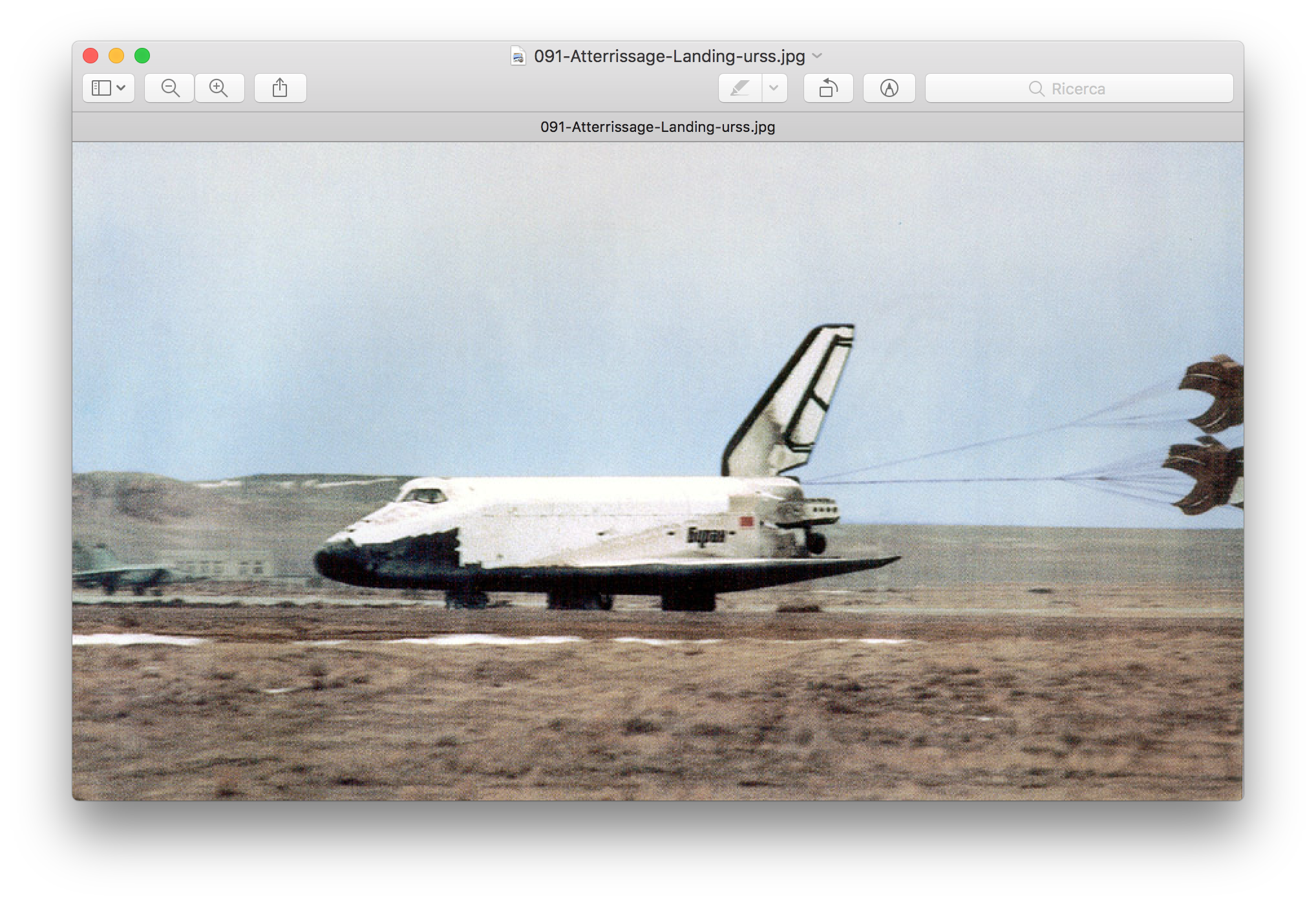
M: In the introduction of the book Ettore Sottsass, explains how USA and USS designed their spaceships, following the same needs but solving it in different ways. Do you think this idea could be applied to chairs? Can we have the same need but solve it culturally in different ways?
U: With this example, Sottssas wanted to underline the importance of the value that has been given to the spaceship at the time. When the Americans designed the spaceship they already knew that it was going to be shown on every TV in the country, so it would have needed a specific style that has to be similar to the movie that was released the year before where they were using white suits. This is also proved by the collaboration of Raymond Lewy the American designer with several projects in collaboration with NASA. So what Sottsass is saying is that the USA wanted to show all their leadership and URSS instead was much more focused on the military aspect, showing sturdiness, engineering essentiality, just like a flying tank. So in this case, not everything is left to the randomness of evolution, but there were really specific values that were being applied to these objects.